 Trans fats are a type of unsaturated fats that occur naturally in some foods including milk and milk products. Commercially, they are made by passing hydrogen gas over unsaturated fats, thereby converting them to saturated fats. While naturally occurring trans fats are not dangerous, their synthetic counterparts are known to be lethal. The resulting saturated fat is more stable at room temperature and food products made out of it retain their shape, and their shelf life is enhanced. The commercial food industry therefore finds many advantages of using trans fats besides increased shelf life, since it is not only economical, but also enhances flavor.
Trans fats are a type of unsaturated fats that occur naturally in some foods including milk and milk products. Commercially, they are made by passing hydrogen gas over unsaturated fats, thereby converting them to saturated fats. While naturally occurring trans fats are not dangerous, their synthetic counterparts are known to be lethal. The resulting saturated fat is more stable at room temperature and food products made out of it retain their shape, and their shelf life is enhanced. The commercial food industry therefore finds many advantages of using trans fats besides increased shelf life, since it is not only economical, but also enhances flavor.
But trans fats are known to increase cholesterol levels just like saturated fats do. In fact, studies have found that trans fats can be more dangerous than cholesterol or saturated fats from natural foods. Besides increasing the number of LDL (bad) cholesterol and triglyceride particles in the bloodstream, trans fats also lower your HDL (good) cholesterol. Trans fats also increase blood levels of a compound called lipoprotein a. The more of this you have in your system, the greater your risk of developing heart disease.
How bad is it in India?
There are reports that trans fats may promote muscle loss and could even increase your risk of cancer, diabetes, and heart diseases. The World Health Organization recommends trans fats be restricted to 5gm a day. Health organizations all over the world have recognized the health threat and have banned it in restaurants and packaged foods. There are still no strict regulations about trans fat use or on labeling in India. The Health ministry in 2008 came out with a notification for labeling food including trans fats but without a standard, which in effect is a meaningless effort!
Researchers estimate that 33% of India’s youth take trans fat-loaded food three times a week. It is no surprise that 80% of trans fats in India comes from street food, reveals the latest National Report on Street Food Survey. Expert nutritionists state that India being one of the largest snack markets of the world, consumes more than four lakh tons of snacks every year. Thirteen hundred snacks and savouries comprise three-fourths of this, the biggest source being vanaspati or dalda, the ghee substitute and, in local products, the content may vary from 15 to 40%.
What can you do?
Learn to read the food labels carefully. Look at overall fat percentage and the breakup of saturated fats, cholesterol and trans fats. Then look at the ingredients list. Even when the label says zero trans fats or traces of trans fat, if one of the ingredients is “hydrogenated or partially hydrogenated vegetable oil” or “vegetable shortening” or just “shortening”, it means it contains trans fats of unknown amounts! It can be cleverly labelled like this: “Vegetable Oil (Partially Hydrogenated Coconut or Palm Kernel, Hydrogenated Soybean)”, which makes you think it is a healthy vegetable oil! Most street foods in India and restaurants use dalda or vanaspati for most foods including rotis/paranthas, cakes, pav bhaji, masala dosa, poori or bhaturas, and other bakery products.
 While many think butter and ghee are dangerous and eliminate them from their cooking, they do not think twice about eating out every weekend, or buying packaged foods high in these fats. Ignorance here is not bliss. It is best to avoid such foods as much as possible, since the safe level of consumption of trans fat is zero! Talk to a dietitian/nutritionist, look them up online, and clear your doubts about trans fats and why you should avoid them. If you must eat out, choose foods that you know would not require addition of any kind of fat (clear soups, fresh fruit juices, steamed dishes, plain rice). Yes, the choice is limited, but in the long run, it could save your life.
While many think butter and ghee are dangerous and eliminate them from their cooking, they do not think twice about eating out every weekend, or buying packaged foods high in these fats. Ignorance here is not bliss. It is best to avoid such foods as much as possible, since the safe level of consumption of trans fat is zero! Talk to a dietitian/nutritionist, look them up online, and clear your doubts about trans fats and why you should avoid them. If you must eat out, choose foods that you know would not require addition of any kind of fat (clear soups, fresh fruit juices, steamed dishes, plain rice). Yes, the choice is limited, but in the long run, it could save your life.
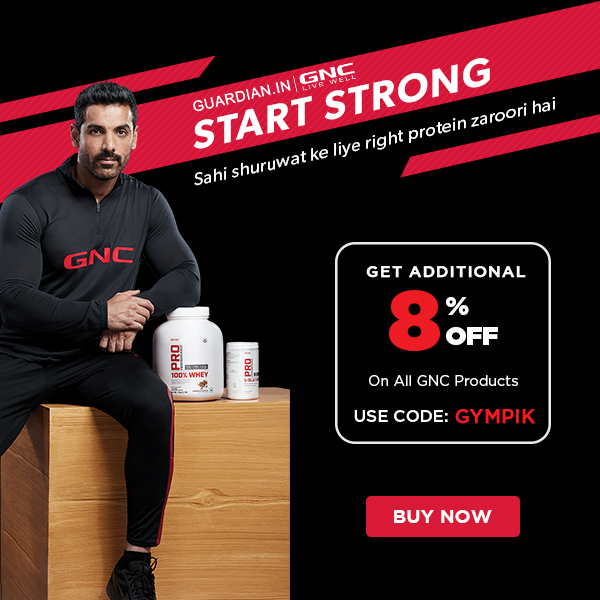

 Traqade
Traqade






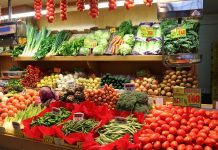

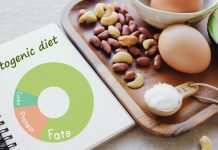

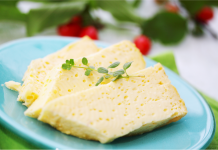







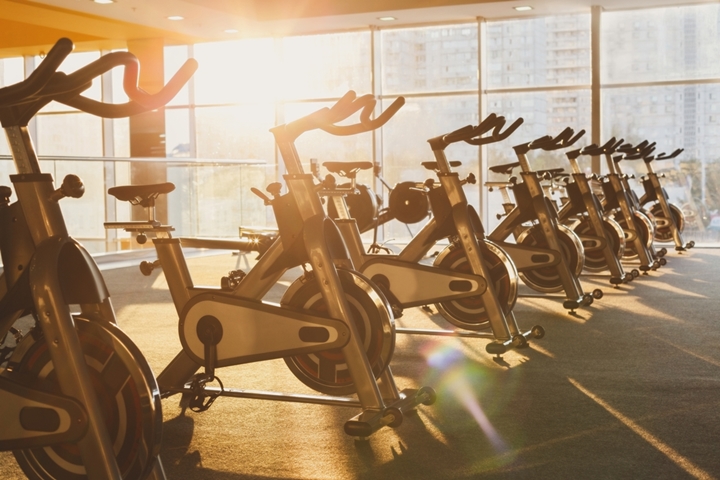

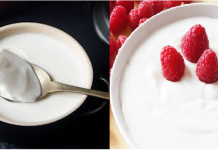










Start Lowe’s customer feedback survey and win a $500 gift card for free. It is an online survey process that takes less than 5 minutes.
Trans fats have long been a concern due to their link to heart disease and inflammation. It’s surprising how they still sneak into processed foods despite regulations. For those interested in healthier alternatives and nutritional insights, this resource might be helpful: https://3patticrown.me/.